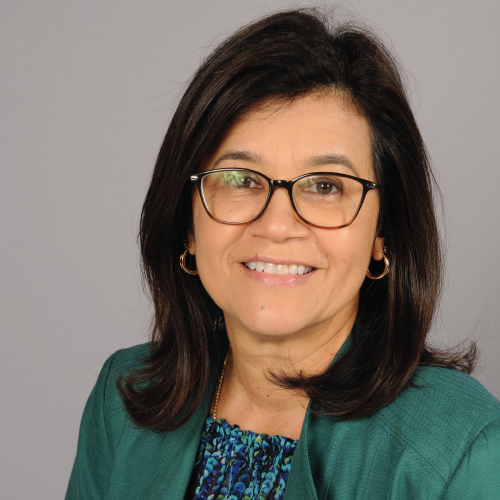Rebuilding for the Future
April 01, 2024
President's Corner
The U.S. public school system faces several challenges that threaten its sustainability and vitality, including staffing shortages and unpredictable funding. Additionally, the public’s satisfaction with the quality of K-12 education has fallen in recent years, mirroring a distrust of public institutions and officials.
Amidst these challenges, there is hope and a chance to rebuild our systems for the future.
The obstacles we face are not isolated; they are a part of a complex tapestry, each part linked to the other, making it difficult to address challenges often exacerbated by local conditions or political pressures.
School district leaders must continue to work with school board members, staff, parents and families, businesses, policymakers and others to find innovative and sustainable solutions for our school systems. This includes policies, practices and processes that address:
The needs of all learners. A sustainable system must cater to the diverse needs of children who learn in different ways and at various paces. This means providing adequate support for learners with disabilities, gifted learners and those from underserved communities.
We must invest in differentiated instruction and personalized learning and consider shared programs. Some of us already partner with universities to provide college credit-bearing programs for high school seniors.
Predictable funding for schools. According to the Education Data Initiative, the U.S. spends 12.7 percent of public funding on education, which is below UNESCO’s international standard of 15 percent. High-poverty schools, which often are highly diverse, receive less per learner than low-poverty schools, a disparity that translates to larger class sizes and fewer opportunities for students. One solution is to develop a finance system that provides more adequate, equitable and predictable funding to school districts. School funding must be predictable so leaders can plan for learner needs longer-term rather than having to react to the whims of politics from year to year.
Teacher shortages and burnout. The most important person in a child’s education after their parent/guardian is the teacher. According to the Learning Policy Institute, more than 314,000 positions were unfilled or filled by teachers not fully certified for their assignments in 2021-22, representing about 1 in 10 of all teaching positions nationally. This fact should be an incentive for professional associations and states to create marketing campaigns to boost the profession.
Curriculum and innovation. Artificial Intelligence and other technologies offer great promise for igniting learning through adaptive platforms, virtual tutors, adaptive assessments, interactive games, virtual labs and simulations, language translation and tools to support learners with varied needs. Schools should embrace technology to expand our learners’ passion for learning and critical thinking and to prepare them for their future.
Customer service: More than ever, parents today have choices in terms of educating their children. Every point of contact matters, from classrooms to district offices. We must embrace engagement, actively listening to family concerns and learner interests and incorporating their feedback into decision making. According to K-12 Insight, exercising school choice often is more about the experience parents have with their district than with teaching and learning.
Our schools are more than just buildings. They are the cornerstone of our democracy and economy. We must continue to bring people together and foster partnerships across varied fields to address challenges facing public education. Only then can we build a stronger and more sustainable enterprise that educates, empowers and inspires every learner.
Gladys Cruz is AASA president in 2023-24.
Author
Advertisement
Advertisement
Advertisement
Advertisement




